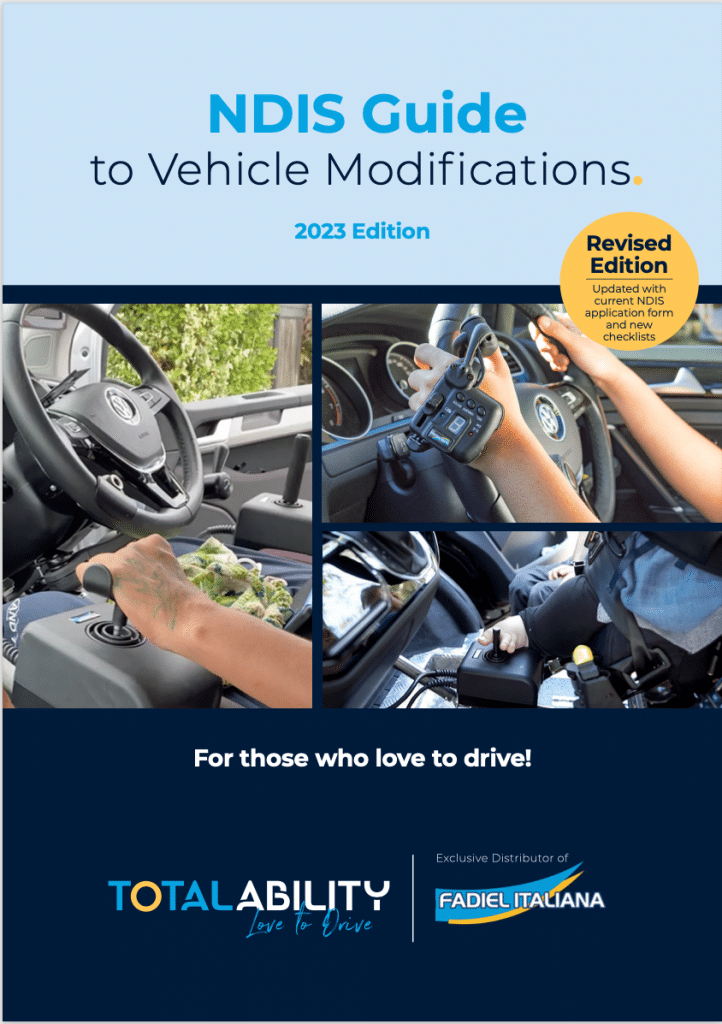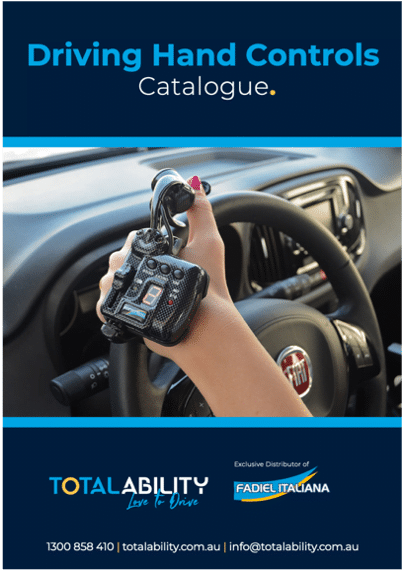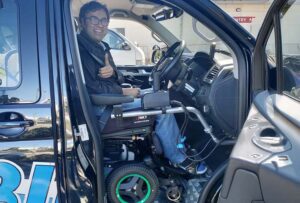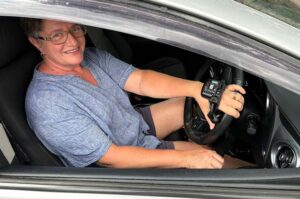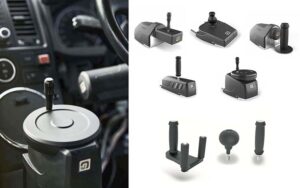
Licensing Processes for Driving with Disability in Australia
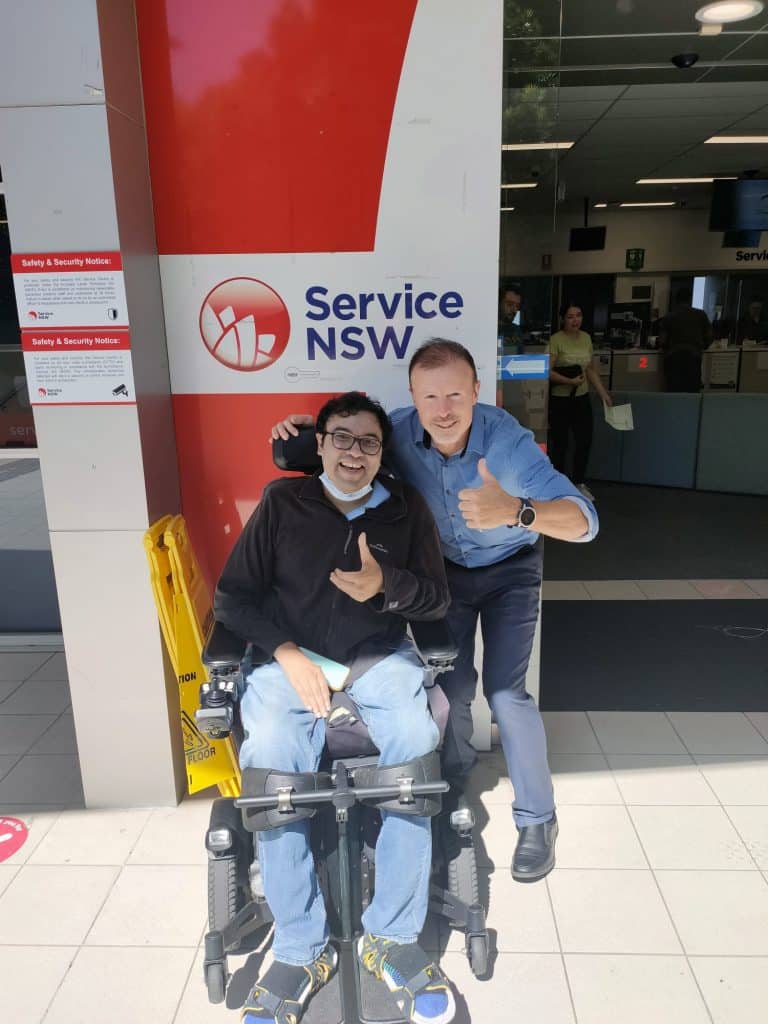
No one likes driving tests!
So it’s no surprise that when people find out they need a modified licence to drive with disability, which might involve driving lessons and a test – it often causes a bit of stress.
And it’s not just the thought of a driving exam that’s stressful.
If you’ve ever gone online to find out how to get licensed and learn to drive with disability, you may have realised that each State and Territory in Australia has different processes.
This means there really is no ‘one’ way to get on the road. Each person needs to follow the right procedure for the transport authority in their region.
To help you understand the licensing processes relevant to you, we’ve included a detailed overview of the requirements across Australia in our newly updated Complete Guide to Driving with Disability, available on the Total Ability website.
But the complete guide is a big read. So if you want a quick overview before you dive right in, we’ll summarise the key points about licensing processes below.
Processes for Each State and Territory
Just as disability is varied and unique for everyone, there are different pathways for people living with disability to get a driver’s licence across the various States and Territories.
Fortunately, the process follows a similar general sequence in each region. Most differences are around administrative tasks, like when forms and reports are submitted and which professionals complete assessments.
Below is an overview of the 6 steps for the licensing process, with comments on some of the specific differences between States and Territories. We’ve also included links to all of the Transport Authorities at the end of this document, in case you want to clarify any specific details.
1. Motoring authority is notified of disability
The first step in all States and Territories is to notify the relevant authority of your disability and/or medical condition(s). This is done either through a paper or electronic form. Once received, the motoring authority will assess the notification and advise on the next steps.
The easiest way to make a notification is to book an appointment with your GP or specialist and ask them to fill in the relevant form. It can then be submitted according to the instructions from your motoring authority (usually detailed on the form).
Part of the notification may include consideration of the need for an Occupational Therapy Driving Assessment (OTDA), which is covered in more detail in step 2.
2. Client notified of assessment and/or next steps required
Once the motoring authority has had time to assess your notification, they’ll provide written advice on the next steps.
The main outcome here is that you’ll be told whether or not you need an ODTA. But you may also receive instructions on taking a practical disability driving test (NSW & WA) and/or undergoing further medical assessment (SA & WA).
In QLD, SA & TAS your licence may be suspended, with an interim licence granted to undertake an assessment with a Driver Trained Occupational Therapist (DTOT) and lessons with a Specialist Driving Instructor (SDI).
3. OT assessment
In every State and Territory, the OTDA involves an off-road and on-road assessment conducted with a Driver Trained OT (DTOT) and SDI.
After this assessment, the DTOT sends a report with recommendations to either the motoring authority or treating doctor (process varies by State/Territory).
The DTOT report will contain recommendations on vehicle modifications, like hand controls, equipment for transfers, or whether a modified van may be more appropriate than a standard car. It may also comment on the need for licence endorsements, specialist driving lessons, and/or further assessment.
4. Driving lessons with a Specialist Driving Instructor (SDI) in modified vehicle
The purpose of step 4 is to get you to the stage where you can safely and confidently drive with any required vehicle modifications.
In most cases, the DTOT report will recommend a minimum number of driving lessons to undertake with an SDI. Where vehicle modifications are also recommended, driving lessons are undertaken in a modified vehicle with the recommended modifications (for more information on funding for modifications, lessons and assessments, check out our NDIS Guide to Vehicle Modifications).
Depending on which State or Territory you’re in, there may or may not be an additional assessment and report (by DTOT and/or SDI) at this stage.
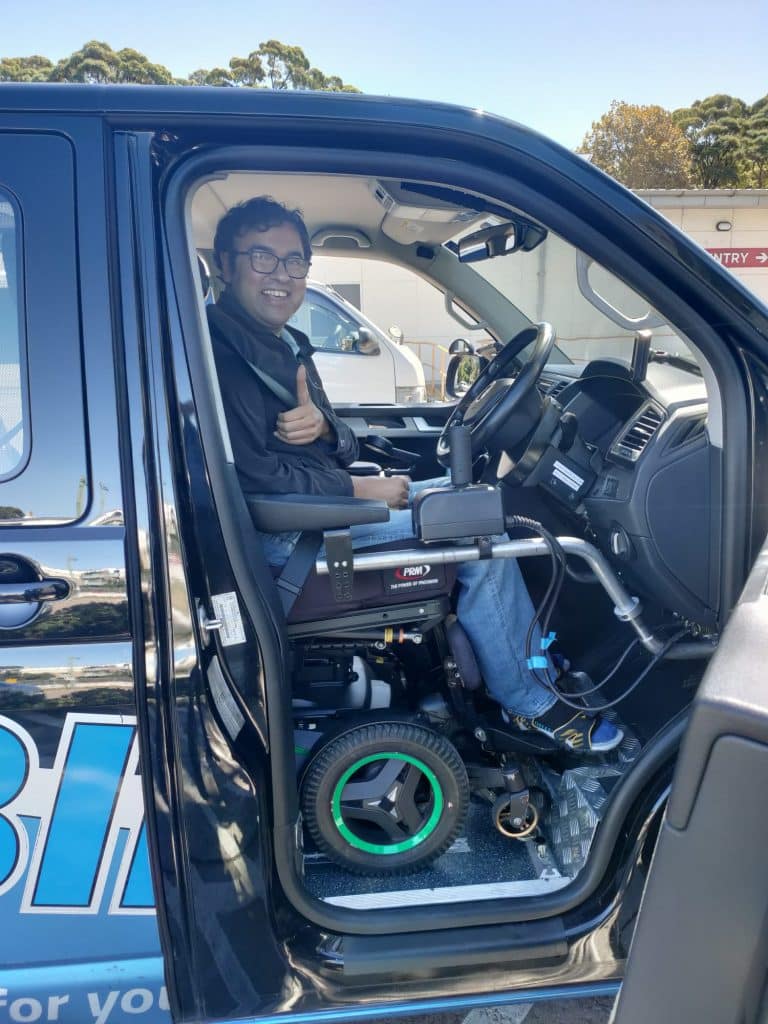
5. Sign off on driving with modifications
Once you and the professionals helping you to get on the road feel you’re ready to drive independently, it’s time to get a formal sign-off on driving with modifications.
In NSW, WA and SA this involves completing a practical driving assessment with the motoring authority. While in all other regions, the DTOT, SDI and/or treating doctor can sign off on your ability to drive with modifications, without an additional formal test.
When this stage is complete, notification of your situation and recommendations will be sent to your motoring authority.
6. Licence endorsed with conditions
After reviewing your reports and assessments, the motoring authority in your State or Territory will endorse your licence with relevant conditions. Some examples include:
- In QLD your licence may be endorsed with ‘M’ for medical and ‘V’ for vehicle modifications. The driver would also need to carry their current medical certificate when driving.
- In NSW, your licence may be endorsed with ‘A’ for automatic transmission and ‘V’ for modified vehicle.
- A driver in any region may have their licence profile updated to state, ‘Vehicle foot controls must be adapted for operation by hand.’
At this stage, you’ll have a valid driver’s licence again, on the condition that you’re driving in a suitably modified vehicle. Penalties apply in every State and Territory for driving outside of your licence conditions. And you’ll only be covered by insurance when driving in accordance with the conditions on your licence.
Where vehicle modifications need to be certified by an engineer, all State and Territory motoring authorities require that the documentation for the certified modifications be kept in the vehicle at all times.
The Importance of Being Informed
The number one tip we can give to anyone wanting to get licenced to drive with disability, is to be informed.
There’s no getting around the fact that licencing can get a little complicated and overwhelming. And you’ll need help from several key professionals along the way. But when you have a firm grasp of what to expect at each stage, the whole process is a lot more manageable.
If you want a deep dive into everything you need to know about driving with disability (including the licencing processes for each State and Territory), download our newly updated Complete Guide to Driving with Disability.
You’ll also find loads of additional information on the Total Ability website, including details of our entire range of products for driving with disability.
We can even put you in touch with professionals in your local area to assist with the licensing process. So please reach out to our team via PH: 1300 858 410 today with any questions, or contact us through the website.
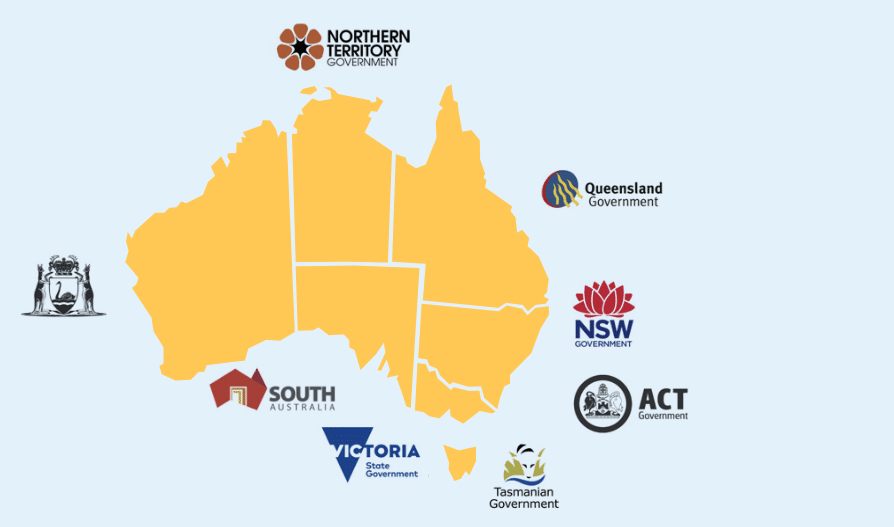
List of State Transport Authorities
NSW – Transport for NSW
ACT – Access Canberra
QLD – Department of Transport & Main Roads
VIC – VicRoads
SA – Department of Infrastructure & Transport
NT – Department of Infrastructure, Planning and Logistics
TAS – Transport Tasmania
You may also want to explore more information about drive from wheelchair and high level assessments here.
This Guide covers:
- Initial Assessment
- Understanding the Plan
- Assistive Technology and the NDIS
- State Motoring Authorities
- Assessment Considerations
- Quotes and Evidence
- High-cost Vehicle Modifications
- Complete the NDIS Application
- After Lodgement
- Checklists
Driving Hand Controls Catalogue includes:
- Our complete range of driving hand controls
- For each control, the disabilities and conditions they are suitable for
- A comparison chart outlining the benefits and features of the various types of hand controls
- The history of Fadiel Italiana high level modification driving systems


